Active 1795–present Type Paramilitary BGB HQ Pilkhana Allegiance Bangladesh | Branch Border guards Size 67,000 Headquarters Pilkhana, Bangladesh | |
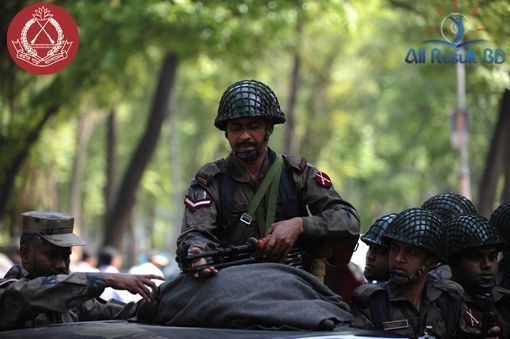 | ||
Country East India Company
British India (1873–1947)
Pakistan (1947–1971)
Bangladesh (1971–present) Engagements Bangladesh Liberation War, World War II Similar Bangladesh Army, Bangladesh Air Force, Bangladesh Navy, Bangladesh Armed Forces, National Security Intelligence | ||
The Border Guards Bangladesh (Bengali transliteration: বর্ডার গার্ড বাংলাদেশ; translated from English: বাংলাদেশ সীমান্ত রক্ষক; BGB), formerly known as the Bangladesh Rifles, is the oldest uniformed force in Bangladesh. It is a paramilitary force under the Ministry of Home Affairs. BGB is primarily responsible for the border security of the country, in Bangladesh the force is known as "The Vigilant Sentinels of the National Frontier". The Present Director General is Abul hossain.
Contents
- History
- Ramgarh Local Battalion 17951861
- Frontier Guards 18611891
- Bengal Military Police 18911919
- Eastern Frontier Rifles 19201947
- East Pakistan Rifles 19471971
- Bangladesh Rifles Bangladesh Liberation War 19712010
- 2001 Bangladeshi Indian border conflict
- February 2009 Mutiny
- Border Guard Bangladesh 2010onward
- 2014 Bangladeshi Myanmar border skirmish
- Decorations
- Responsibilities
- Organization
- References
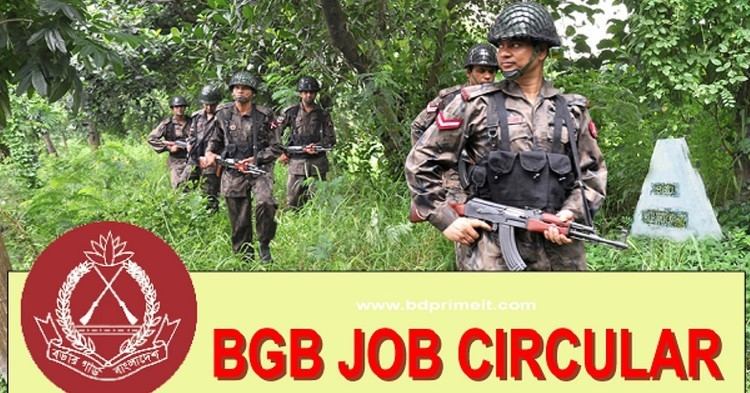
History
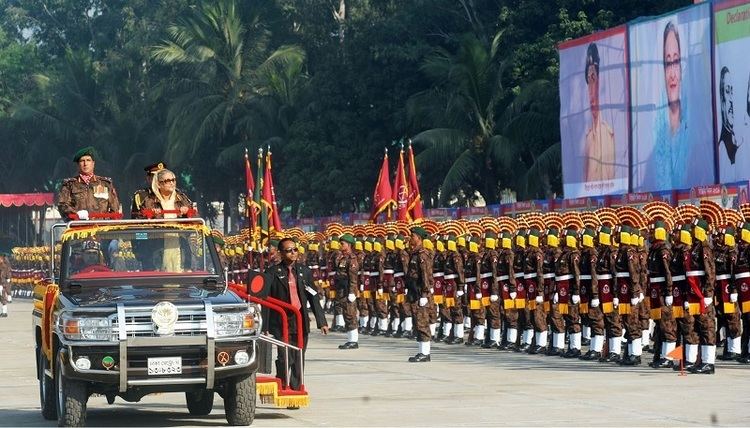
Border Guards Bangladesh, as a paramilitary force, is entrusted with the responsibility to defend the 4,427 kilometres (2,751 mi) border of the country. It is the first line of defence for the nation. BGB boasts an illustrious past with rich traditions and a remarkable military history spanning over two centuries. During peacetime this force is also responsible for anti-smuggling operations, investigating cross border crime and extending governmental authority to remote and isolated areas. From time to time BGB has also been called upon to assist the administration in the maintenance of internal law & order, relief and rehabilitation work after any kind of natural disaster. During wartime BGB comes under the control of the Ministry of Defence as an auxiliary force to Bangladesh Army.
Ramgarh Local Battalion (1795–1861)
The force was established on 29 June 1795 at the city of Ramgarh, consisting of 486 personnel, as the "Frontier Protection Force", under the command of the East India Company. Later the force was converted into a paramilitary unit with its own name (Ramgarh Local Battalion) and uniform. At that time its primary responsibility was to suppress insurgent activities around the Ramgarh area. During 1799, the force established its first camp at Pilkhana, where the headquarters remain to this day. The camp unit then was known as "Special Reserve Company".
Frontier Guards (1861–1891)
The Ramgarh Local Battalion was renamed as the "Frontier Guards" and remained so for thirty years.
Bengal Military Police (1891–1919)
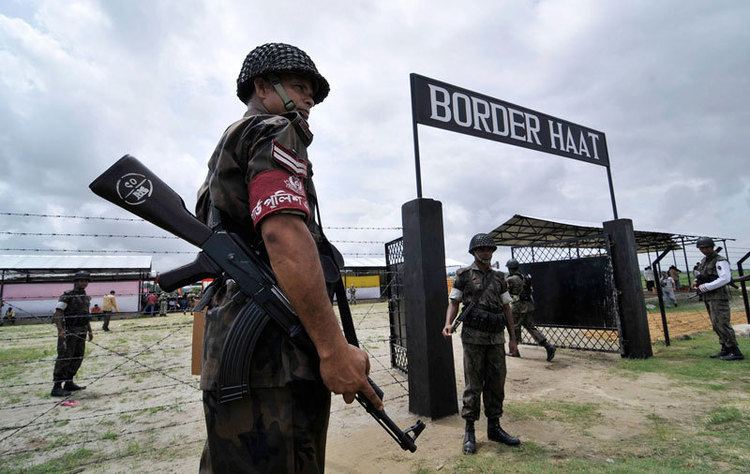
From 1891 till 1920, the Frontier Guards were re-organized and re-equipped with modern weapons and renamed once again as the "Bengal Military Police". Commanded by a Subedar (Senior Warrant Officer), the BMP had four companies located in Dhaka, Dhumka and Gangtok. This force also participated in the First World War.
Eastern Frontier Rifles (1920–1947)
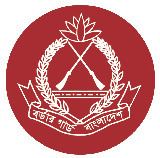
The BMP was reorganised yet once again and renamed as the "Eastern Frontier Rifles" in 1920. Its primary task was to protect the borders. It also took part in numerous military operations during the Second World War.
East Pakistan Rifles (1947–1971)
After the partition of India, "Eastern Frontier Rifles" was re-grouped and renamed as the "East Pakistan Rifles". It was the primary border protection force of the then East Pakistan. A number of Metropolitan Armed Police of Calcutta and some 1,000 ex-soldiers of West Pakistan merged into this force. Officers from the army were transferred to command and reorganise EPR. In 1958, it was also assigned the anti-smuggling duties on top of its primary role as the border guards. In 1965 India Pakistan war this force fought valiantly and successfully in a number of skirmishes in Lathitila, Dohogram, Laksmipur, Assalong and Boroibari. Major Tufail Mohammad was awarded the highest military award of erstwhile Pakistan, 'Nishan-e-Haider', for his action in the Laksmipur Operation. The strength of the force was 13,454 during March 1971.
Bangladesh Rifles (Bangladesh Liberation War, 1971–2010)
During the Bangladesh Liberation War of 1971 nearly nine thousand of the members of the East Pakistan Rifles (EPR) turned against the Pakistan Army, following the Declaration of Independence of Bangladesh on 26 March 1971 at Kalurghat Radio Station, Chittagong. Eight hundred and seventeen EPR personnel were subsequently reported as being killed in action. At the outbreak of the war the EPR were the first Bengali military unit to defect from the Pakistan forces; moving to Sholashahar and the main military cantonment, while calling on all Bengali soldiers to join them. Reportedly West Pakistani officers serving with the EPR were executed by their Bengali colleagues. On 26 March, the Pakistan Army sent troops to suppress the EPR. The EPR ambushed them but the Pakistanis managed to encircle them. As a result, the EPR took heavy losses at Kumira. According to Captain Rafiq, "This ambush by the E.P.R. troops at Kumira was the first direct action against the enemy in the history of our liberation war."
At the outbreak of the war East Pakistan Rifles was the border security and anti-smuggling force stationed in what was to become independent Bangladesh. It was commanded by Junior Commissioned Officers (JCO) at the company level. All EPR companies were based within 5 miles of the international boundary. There were two senior commissioned officers, seconded from the Pakistan Army in command of each Wing (battalion) of the EPR. In March 1971, there were 12 EPR Wings.
The main revolt by the EPR was led by the company commanders or subedars, namely:
On 29 January 1972, the East Pakistan Rifles was renamed the Bangladesh Rifles.
2001 Bangladeshi-Indian border conflict
The 2001 Indian–Bangladeshi border conflict took place in the third week of April 2001 between companies of the Bangladesh Rifles and the Indian Border Security Force on the poorly marked international border between the two countries. This was the worst border conflict Bangladesh was involved in since Independence.
The 16–19 April fighting took place around the village of Padua (known as Pyrdiwah in India), which adjoins the Indian state of Meghalaya and the Timbil area of the Bangladesh border in the Sylhet district. In that area, 6.5 kilometres of the border have remained in dispute for the past 30 years.
The trigger for the clash appears to have been an attempt by Indian forces to construct a footpath from an army outpost in Padua across a disputed territory some 300 metres wide to Indian Meghalaya. On 15 April 2001, the BDR attacked and captured Pyrdiwah village. Both sides later descalated and returned to the original positions on the border.
This incident left 16 Indian Border Security Force paramilitary men dead and 3 Border Guards Bangladesh men dead with 5 other BGB troops injured.
February 2009 Mutiny
On 25 February 2009, regular BDR soldiers mutinied against their officers who were seconded from the Bangladesh Army. Many senior officers were killed, including almost the entire higher echelon of the command structure – about 57 army officers who were present in the Bangladesh Rifles' headquarters in the capital Dhaka. These included the Director General of the BDR. The soldiers mutinied due to reasons which largely remain unknown, though resentment at senior ranks being reserved for army personnel and allegations of corruption are believed to have been amongst the causes.
After 30 hours, being surrounded by Bangladesh Army tanks, the mutineers surrendered with about 6,000 of them taken under arrest, ending the mutiny.
In the aftermath the Bangladesh Rifles was reorganised with new recruits. The force is still commanded by senior officers seconded from the Bangladesh Army.
Border Guard Bangladesh (2010–onward)
The Bangladesh Rifles have gone through some fundamental changes since 2010. It was officially renamed as the Border Guard Bangladesh (BGB) on 23 January 2011 and reorganised with fresh recruits. The BGB has a current strength of 67,000 organised into 61 battalions and largely located in numerous border outposts (B.O.P.). Administration staff and most of the officer corps are trained by and seconded from the Bangladesh Army. However, there are around 100 officers promoted from within the force itself.
2014 Bangladeshi-Myanmar border skirmish
On 28 May, during a routine patrol of the BGB in Bandarban District, along the Bangladesh-Myanmar border, Myanmar Border Police opened indiscriminate firing on the BGB patrol. The incident took the life of Border Guard Corporal Mizanur Rahman 43. The body of the slain soldier was then carried over the border by Myanmar Border Police. On 30 May upon request of the Myanmar Ambassador to Bangladesh a BGB team was waiting near border pillar no. 52 for identification of the dead body which was proposed by the Myanmar side. However, to the complete surprise of the BGB, Myanmar border forces suddenly started firing on the waiting BGB team without any provocation resulting in the BGB team returning fire. Both sides descalated and agreed to a cease fire and on the following day Myanmar returned the dead body of BGB Corporal Mizanur Rahman. Bangladesh's Ministry of Foreign Affairs had protested strongly to the Burmese ambassador over the unprovoked eruption of gunfire by Burmese border troops.
Decorations
The then-East Pakistan Rifles joined the Bangladesh War of Independence on the side of Mukti Bahini in 1971. One hundred and forty one members earned gallantry awards for their outstanding contribution to the liberation war of Bangladesh.
After independence, on 3 March 1972 the force had been renamed as Bangladesh Rifles. As a mark of recognition for the courage and bravery of its members, BDR introduced 'Bangladesh Rifles Podok' in 1985 and President Rifles podok' in 1989.
Responsibilities
Organization
The BGB is commanded by a major general. The BGB administration and most of the officer corps are trained and deputed from the Bangladesh Army. There are, however, around 100 officers who are promoted from within the force itself. They can be promoted as high as Deputy Director (D.D) which is equivalent to the rank of lt. colonel and Assistant Director (A.D) equivalent to the rank of major and Deputy Assistant Director (D.A.D) equivalent to the rank of captain in Bangladesh Army . Its current strength is 67,000+ structured along 61 battalions and numerous border outposts (B.O.P.), mostly along the borders. BGB is organised into a central headquarters and 4 regional headquarters. Under the regional headquarters there are 16 sectors. Each sector is commanded by a colonel.
